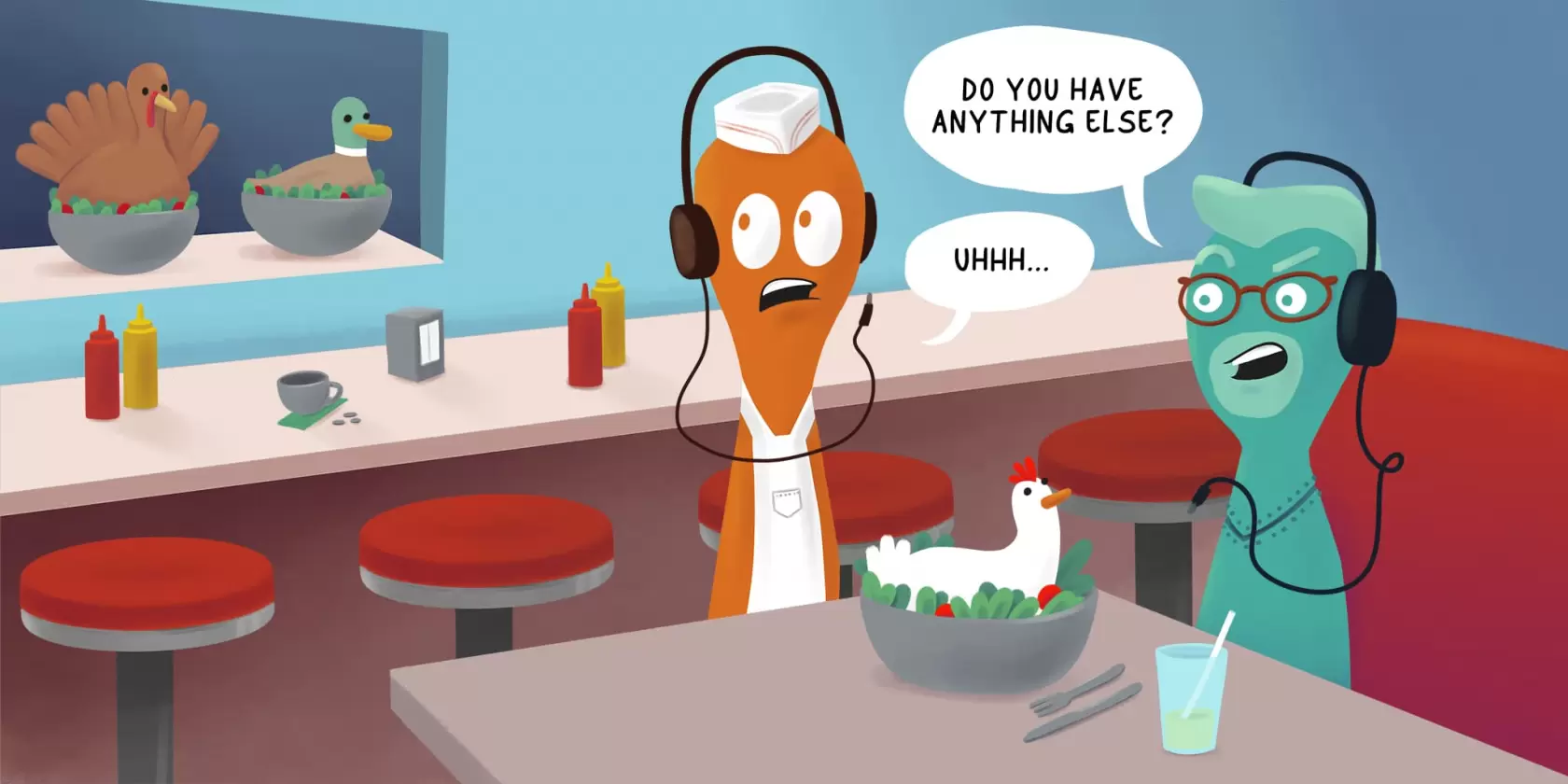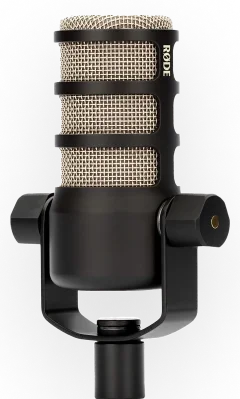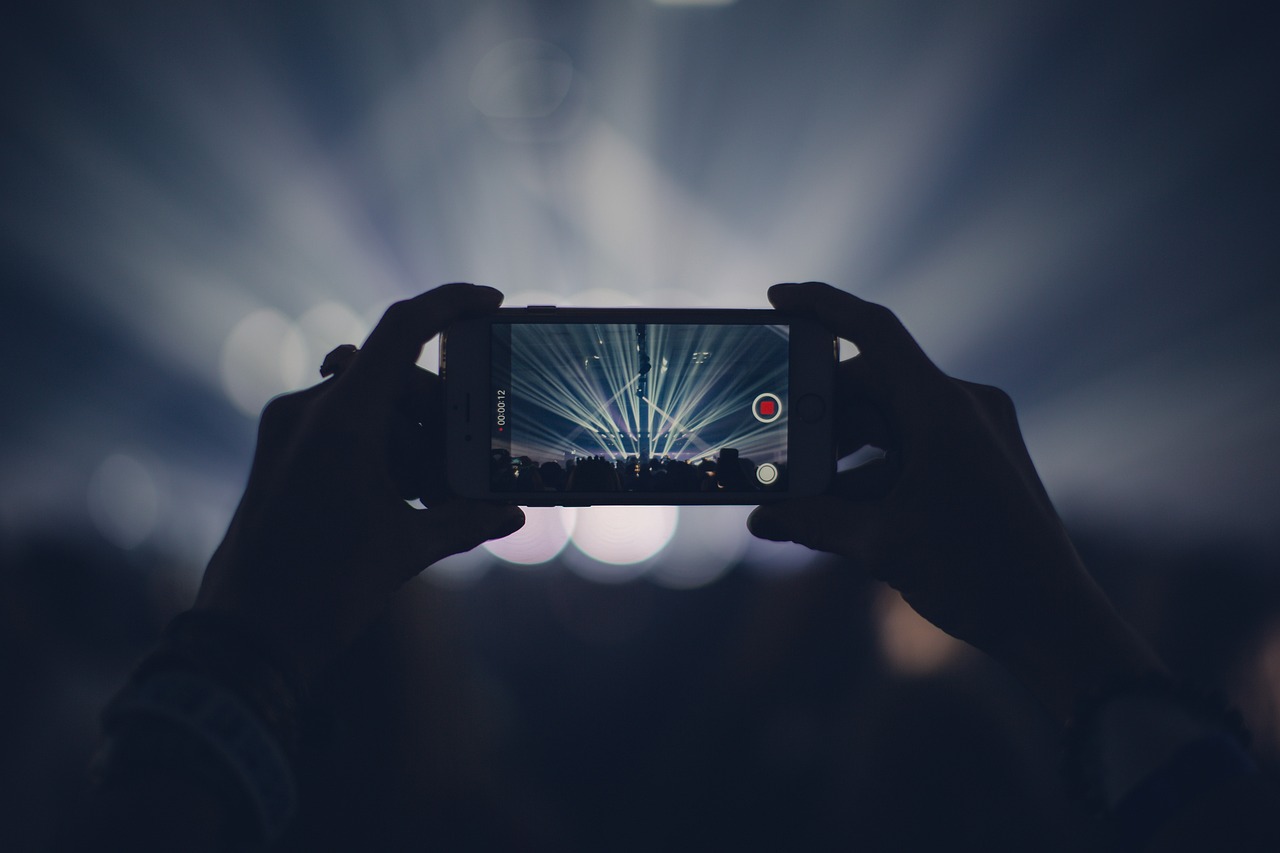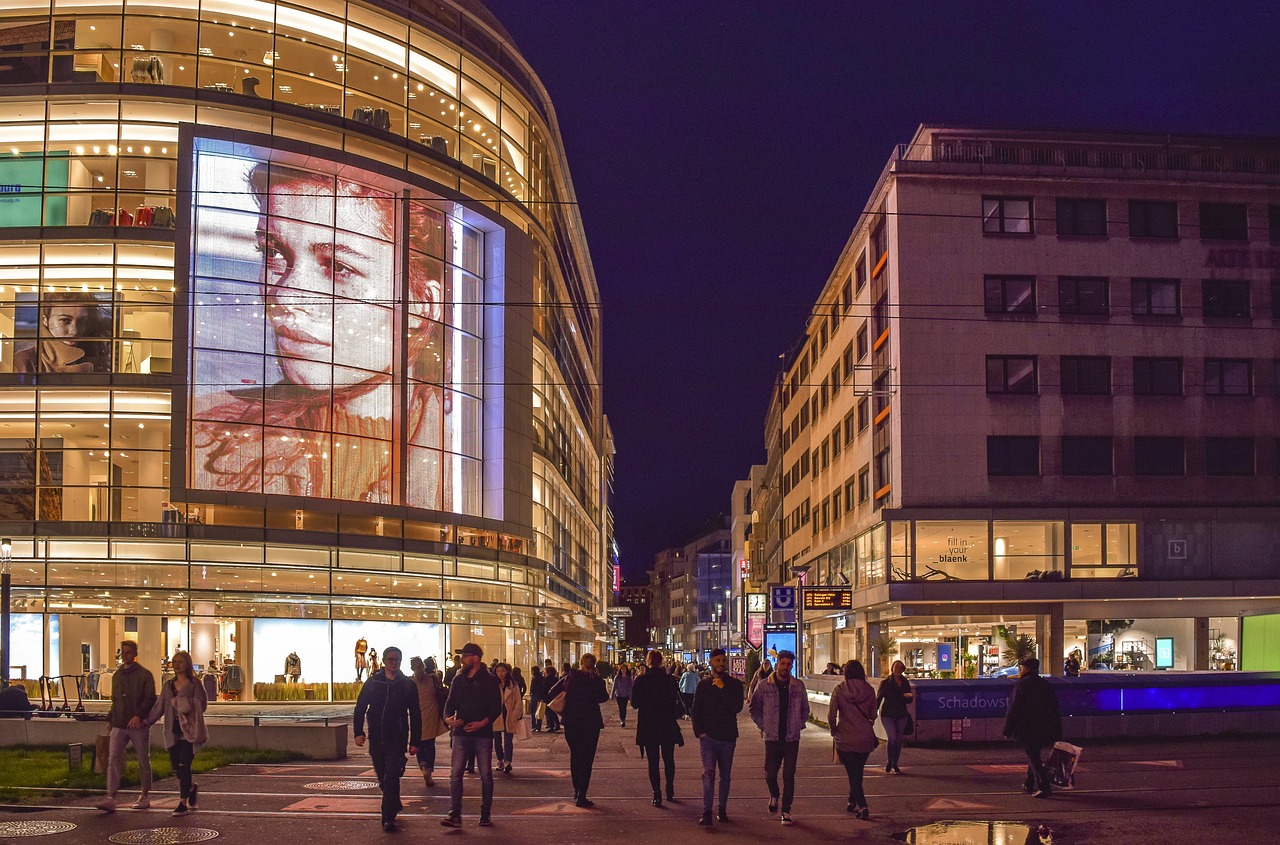Marketplaces are something that every hosting platform and publisher—regardless of their hosting platform—should be working with. It extends a publisher’s reach substantially and gives advertisers hands-on experience buying podcast ads at scale. Check out this Deep Dive of Libsyn’s AdvertiseCast Marketplace and see if it’s right to manage your ads.
This article was originally published in I Hear Things.
Tom writes…
Let’s open a restaurant.
In fact, let’s inherit one from our parents. We’ll call it a diner. Our diner serves a wide variety of dishes, from pizza to burgers to salads to sandwiches. Comfort food. On any given night, there is something for everyone, and our diner becomes known for its variety. In fact, our parents really leaned into that variety, continually expanding the menu until it ranged somewhere between Cheesecake Factory and Manhattan Phone Book. You see these in New Jersey–they always have a sign that says “baking done on-premises.”
The diner is profitable, and there are long waits for tables on weekends—even at brunch. The town even starts to grow around the diner. A Jiffy Lube pops up across the street. The strip mall next to us—you know, the one with the Blockbuster/Laundromat/Tax Prep business—renovates. A frozen yogurt shop moves in. More people start eating out, and the guy across the street with the car wash takes notice. He demolishes that car wash, and one day—BOOM. Where once was a rack full of non-tree-smelling-and-yet-tree-shaped air fresheners, there it stood: a new Blaze Pizza.
Now, Blaze doesn’t make the best pizza you’ve ever had. The crust isn’t going to win any awards (especially that Cauliflower Crust, which is neither.) But the process is fun, the ability to customize your own pie is new, and the pizza is pretty good. Your friends and neighbors decide to try it with their families. Their teens and tweens love it. The parents think it’s OK, but it isn’t better than the diner across the street with all the variety. Next weekend, those parents return to the diner. Their teen sons and daughters ask if they can meet their friends at Blaze instead. And on Friday night, your diner is hopping—still busy, because more people are eating out—but the character of your sales is different. Compared to previous weekend nights, you sold a lot more Baja Chicken Salads and hamburgers than normal, and not as much pizza. Still, it was a great night. You sleep the sleep of champions.
A year later, sales at your diner are still strong. Maybe there isn’t a line waiting out the door on Friday nights anymore, but you are still turning those tables twice a night. You even added a liquor license. The town continues to grow, and the disused stand-alone TV and Appliance repair shop becomes a Smashburger. It’s not how you would make a burger, maybe, but you gotta admit—they are tasty. By the end of the year, your most popular dish by far becomes the Baja Chicken Salad. You even put a star on it next to its name on the menu: “Chef’s Favorite!” They are flying out the door. Pizzas and burgers, however, aren’t selling as well. You leave the burger on the menu (and even add one—the STOMPBURGER) but decide to stop offering pizza because pizza sales are so low that it hardly seems worth the time and effort to make the dough rise.
The next year, while it seems like the town around you is booming, you finally notice your own sales dipping. Your once voluminous menu has slimmed to one page, front and back. On page one, smack dab in the middle of the page in a callout box, the Baja Chicken Salad is highlighted as “famous.” People mostly order that, and even though your sales are down, it actually becomes cheaper and more efficient to service the reduced menu. Besides, no one seems to like pizza anymore.
You start to wonder if tastes have changed. In addition to the comment card on every table, you ask customers a simple question: what would you like to see more of on the menu? The waitstaff ask every customer, and after a month, you collect the data, and the answer is clear—MOAR SALADS. YES! You realize that based on the success of your famous Baja Chicken Salad, your customer base wants more salad types. Your once-vaunted variety is gone, but now you are ready to soar with your strengths with a new, salad-heavy menu guaranteed to please your increasingly older and health-conscious customer base.
A year later, your diner is out of business.
The local paper does a story on your family business, the week it is demolished to make way for a Sweetgreen. You are perplexed as to why, after the failure of your salad-heavy menu, a Sweetgreen would want to open up in your area. You laugh it off and wish them well. But here is what they know, that you didn’t:
- People were tiring of Blaze Pizzas and Smashburgers and were looking for a little variety.
- Your salads weren’t that good.
That last one seems paradoxical, doesn’t it? Wasn’t the Baja Chicken Salad the number one item on the menu?
Well, yes—but not because it was a great salad. The people who liked other kinds of entrees gradually went elsewhere to get them. Your customers didn’t all of a sudden switch from wanting pizza to wanting salads—you lost the customers that wanted pizza. You were fooled by the “success” of the salads, when in reality they were simply the best of an average lot. Blaze built its customer base on pizza, so it nails pizza. SmashBurger built its customer base on burgers, so it nails burgers. But your diner didn’t build its reputation on salads. Your parents built it on variety and value. The salads were simply what survived. A Sweetgreen would have taken them from you, one way or another, because you were deceived by your only data source–the tastes of your ever-dwindling supply of customers. They didn’t love your salads. They simply didn’t love pizza and burgers.
Who doesn’t love pizza and burgers?
I give you 1,000 words on a fake diner, so you can quickly grasp the very real-life problem my friend Sean Ross wrote about in his excellent Ross on Radio newsletter, How To Have More Hits. The problem, as Sean writes, is that radio doesn’t have as many “hits” as it used to, which makes radio stations more reliant on playing fewer hits more often. In fact, contemporary radio in all formats has been “missing” hits that often end up bigger on Spotify or YouTube and then, possibly, coming back to radio a day late and a dollar short.
It seems almost unthinkable today that a Top 40 radio station would play both the new Dua Lipa single AND a new Bon Jovi record—but that’s exactly what a Top 40 station would have done in the 90s. Here’s the top ten songs from a major market Top 40 station in 1997:
- Semi-Charmed Life – Third Eye Blind
- You Were Meant For Me – Jewel
- Lovefool – The Cardigans
- I’ll Be Missing You – Puff Daddy
- Don’t Speak – No Doubt
- Wannabe – Spice Girls
- How Bizarre – OMC
- One Headlight – The Wallflowers
- Men In Black – Will Smith
- Quit Playing Games (With My Heart) – Backstreet Boys
It’s a pretty wide variety, right? Rock, pop, hip-hop. Indeed, throughout that period, even as more rhythmic songs and hip-hop started to permeate the charts more, there was always a Tal Bachman song, or a Shawn Mullins. That’s as far as I will venture into this territory, which Sean is infinitely smarter than I am about.
Here’s the most recent top ten from that same station, today:
- Ariana Grande
- Dua Lipa
- Doja Cat
- Saweetie
- Lil Nas X
- Bruno Mars
- The Weeknd
- Ritt Momney
- Kali Uchis
- Cardi B
Is there variety? Sure. But it’s nearly impossible for me to imagine “One Headlight” being on that list, or on that station. Now, let me stipulate up front that tastes have changed. Styles come and go, and the population in the US is getting younger and more diverse. I doubt there are any errors of commission on that playlist.
But our topic today is errors of omission-—the “lost hits” that were missed because they didn’t seem to fit the current menu. If a new Green Day song came out, could you hear it on the Doja Cat station? Maybe, maybe not. It is a pizza on a salad menu. You pass on that Green Day song, and add another Bruno Mars song, or play the latest Dua Lipa more frequently to cover. These complexities aren’t new, and skilled Program Directors have been juggling the ebbs and flows of playlists for decades.
What is new, however, is an increased reliance on the “diner comment card” of the radio industry—the listener database survey. There is nothing wrong with asking your current customers what they want to hear. You don’t succeed in any business without super-serving your customers. But what do you do with those comment cards if your customer base is dwindling? If you are reading those cards, and diligently serving more of the product those people want, AND your sales are down, congratulations–you have fallen into what I call the optimization trap.
The optimization trap is sinister—it is especially prevalent in marketing technology with its widespread use of A/B testing. When our diner above asked its customers what they wanted more of, they said salads, but not because salads were hot. They said salads because we had already over-optimized the restaurant to serve the people who remained loyal, and were not seeking the opinions of the people we used to have, now happily munching burgers and pizzas across the street. The optimization trap is a great explanation for why Net Promoter Scores can be high and sales can be declining—you are making fewer and fewer people happier and happier.
I recently saw a slide in a national listener database radio survey that showed the tastes of “Boomers” on one side, and “Millennials” on the other. There were more than four times as many Boomers in the sample, despite the fact that Millennials are the larger demographic group. And by the way, millennials are turning 40 now. When Gen Z isn’t filling out your comment cards, your menu stops carrying pizza.
The optimization trap affects all audience-driven media. You see it on Spotify, when Ed Sheeran puts out a new album and every track goes to the Spotify Global Top 50. You see it on the Billboard Chart when the album by Future that debuted at number one is finally booted out of the top spot—by Future’s next album, also debuting at number one.
The relentless optimization that data-driven marketing has given us, has also rendered us less curious about the people who aren’t giving us data.
Even when your audience is growing, knowing the tastes of the people who aren’t listening to you is crucial, because at some point, your audience either pauses or stops growing, and you face a choice: do I double down on what my existing audience wants? Or do I test the tolerance of my current audience—AND people who aren’t listening—for something different on the menu?
For podcasters, the message here is simple–pay attention to what your current audience is saying–but continue to find ways to solicit feedback from people who could be your audience, especially if your downloads have stopped growing or (heaven forbid) are declining. You may be dealing with a similar situation–an existing audience that tells you they don’t like pizza, because the ones that do have dropped off the rolls.
But really, who doesn’t like pizza?
New Sponsors
Sounds Profitable exists thanks to the continued support of our amazing sponsors. Each sponsor receives one hour of consulting per month as a way to say thanks.
- Pushkin Industries was founded by Malcolm Gladwell and Jacob Weisberg to produce groundbreaking, enlightening podcasts and audiobooks, including Revisionist History, The Happiness Lab, Lost Hills, Miracle and Wonder: Conversations with Paul Simon and the Pulitzer Prize winner The Netanyahus.
- Buzzsprout Ads is a revolutionary way to buy podcast promotions across the 114,000 active shows hosted on Buzzsprout.
Market Insights with Magellan AI
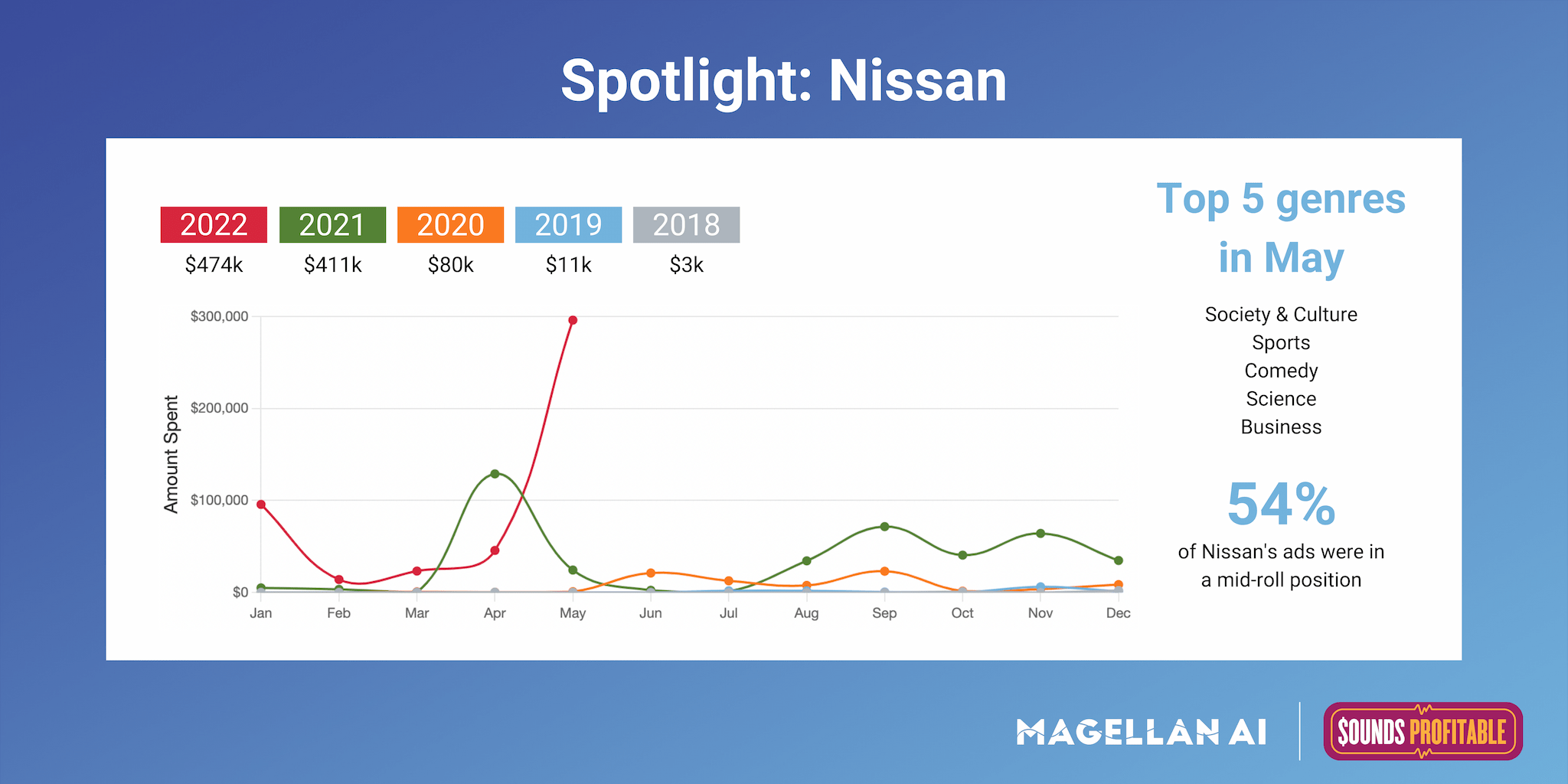
This week we are spotlighting Nissan, which between April and May 2022 increased spend by over 500%. Nissan first started advertising on podcasts in November 2017 but didn’t start spending more consistently til 2019. Since then it has run over 2,500 ads on close to 500 podcasts in total. In addition to running ads for just the Nissan brand, its parent company has also run podcast campaigns for multiple Nissan product lines, along with Infiniti and its line-up.
In May 2022 Nissan increased its spend primarily running 60-second produced mid-roll spots. Nissan’s top genre was Society & Culture, which made up 25% of all shows it ran ads on. In its ads Nissan was promoting its entire 2023 lineup. Looking forward to June 2022, Nissan appears to be on track to surpass the number of ads it ran in May.
Interested in more insights like this? Download the Q1’22 Podcast Advertising Benchmark Report for a full analysis.
Anatomy of an Ad with ThoughtLeaders

Sponsoring brand: Osea
Where we caught the ad: I Can Explain
Who else has sponsored this podcast? Drizzly
Where else has this brand appeared? Girl Gotta Eat, Chatty Broads with Bekah and Jess, Be There in Five, Almost 30, The Mom Hour
Why it works: Right before sharing the ad-read, the podcast hosts chat about brand sponsorships and how they only promote brands and products they truly believe in (and use!). So, when the host promotes Osea’s products – it makes the listeners really believe that she uses it, loves it and wants to share it. This technique can obviously backfire but in this example – it works!
Check out all the in-depth Anatomy of an Ad from ThoughtLeaders!

